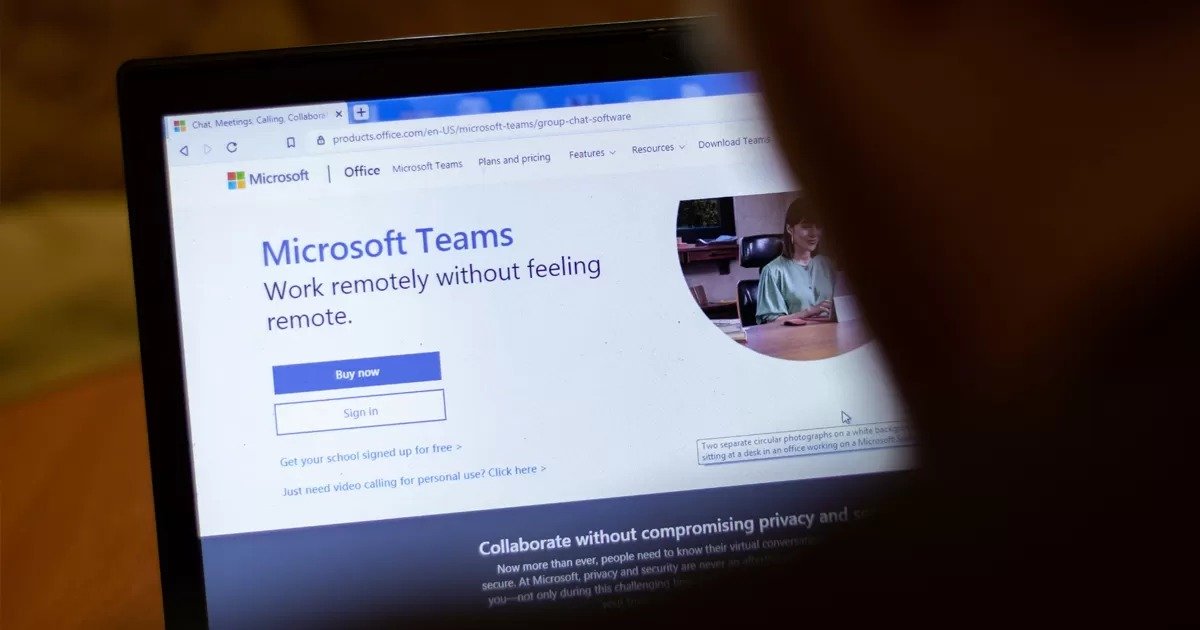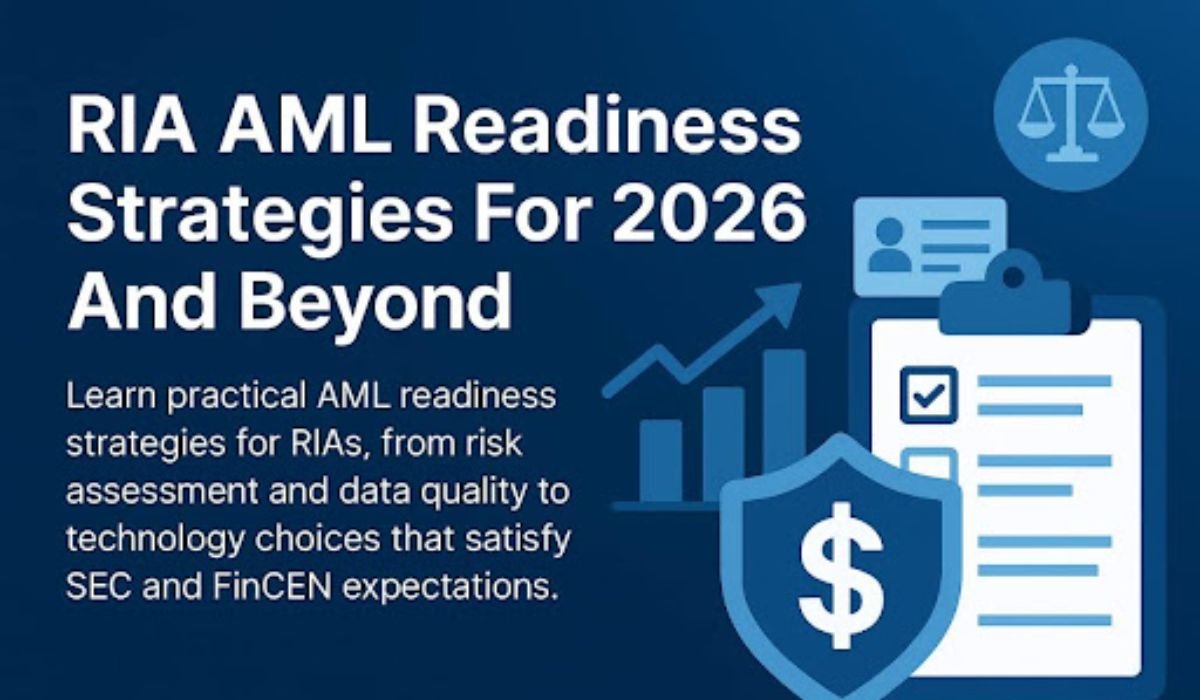Remote and hybrid work has changed the nature of working within an organization, providing flexibility and increased productivity. With such advantages, however, new cybersecurity issues come. Employees working at home tend to use personal contacts, Wi-Fi, and shared devices, which provides an expanded area of attack to cybercriminals. It is due to this that web access control has become fundamental in protecting remote workforce as well as corporate data.
The Growing Risks of Remote Work
Remote teams do not have equal level of security protection that is found in the traditional office settings. Lack of centralized supervision makes employees misspend their time by going to dangerous websites, downloading harmful software, or using unlicensed tools. Although these measures are not malicious, they can create the path to information breaches, phishing, and non-adherence.
Cybercriminals are fully aware of such weaknesses. The number of attacks on remote workers has been growing considerably over recent years; phishing attempts and malware sites are created specifically to target unsecured endpoints.
What is Web Access Control?
Web access control refers to the art of controlling and limiting the websites and online services that employees have access to. Organizations rely on automated tools to prevent harmful, non-work-related, or unapproved material instead of using employee awareness. This guarantees that employees will be able to concentrate on the business-relevant and safe resources and minimize the risks of encountering online hazards.
Why Remote Teams Benefit the Most
- Preventive measures are even more significant to remote employees because they cannot be directly supervised in relation to IT. Web access control has the following benefits:
- Less security breach: Blocking known bad domains.
- Greater productivity: Reducing distracting or unsafe sites.
- Compliance support: Making sure that the employees do not use unauthorized platforms to access sensitive data.
- Permanent security: Unity of office and home security policies.
With solutions like Web filtering, organizations can enforce these policies regardless of where employees log in.
Best Practices for Implementing Web Access Control
To maximize the benefits of web access control, organizations should consider these best practices:
- Integrate technology into training: Automated restrictions are good, but training of the employees will make them more compliant. The employees must be given the reason as to why rules are there.
- Develop explicit policies: Formulate and publish what sites and services are prohibited, and what the result of non-observance of the rules will be.
- Provide alternative solutions: When employees are unable to access a site or service they require: When workers cannot access a site or service that they require, offer IT-approved alternatives to prevent frustration.
- Constant monitoring and adjustment: Cyber threats are always changing and so should your access policy. Review reports on a regular basis and amend accordingly.
- Flexibility and security: Policy that is too restrictive can drive employees to unsafe workarounds. A balance is necessary to make it be adopted and effective.
Building Smarter Security Policies
Web access control implementation must not seem like micromanagement. Instead, it must enable the employees to labor safely with ease. Reporting tools can help IT teams monitor the traffic patterns, detect the potential risks, and adjust the policies to create the appropriate balance between protection and flexibility.
In remote teams, it is also important to have clear communication. Employees need to know a reason as to why restrictions exist, and how they safeguard the organization as well as individual users. Combining education with such tools as Web filtering will generate a safe culture remote workers may believe in and accept.
Final Thoughts
The emergence of working remotely has eroded the demarcation of the corporate networks and the old security models are ineffective. Web access control is a viable solution to protect distributed teams against the increasing online threats. Through proactive access control, companies can eliminate risks, ensure compliance and keep their remote employees safe and productive.











